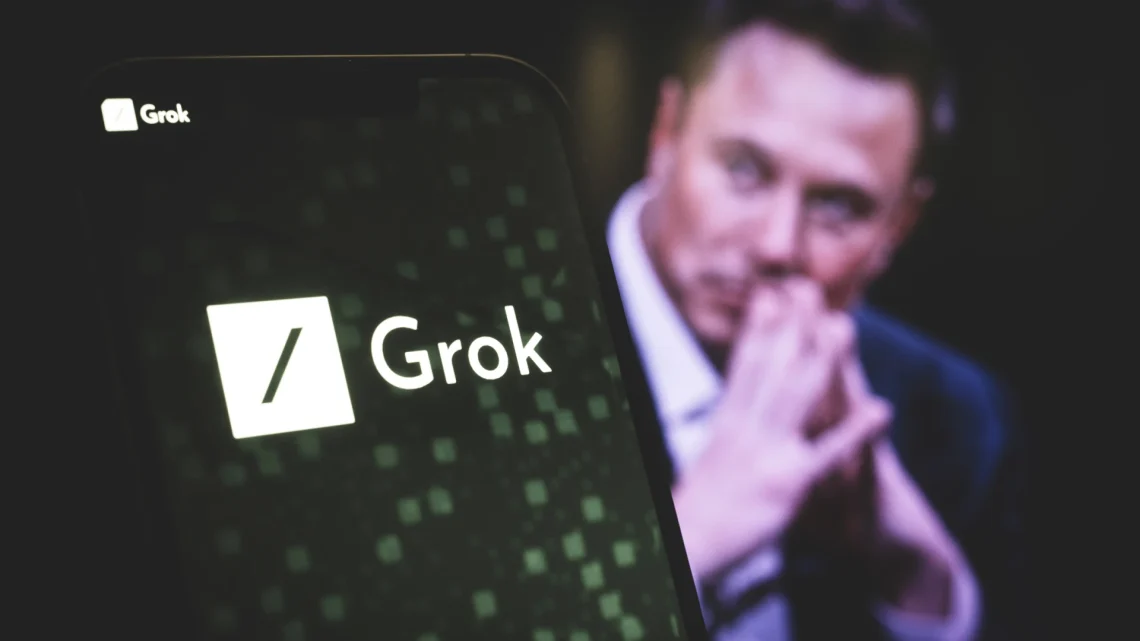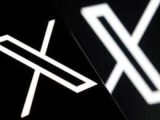
Concerns Rise over AI Chatbot Grok’s Potential for Misleading Content
August 19, 2024 Off By Sharp MediaOn Tuesday, Elon Musk’s AI chatbot Grok began allowing users to generate AI images from text prompts and post them on X. This new feature quickly became controversial as users began creating and sharing fake images of political figures, including former President Donald Trump, Vice President Kamala Harris, and Musk himself. Some images depicted these figures in disturbing and false scenarios, such as being involved in the 9/11 attacks.
Unlike other AI photo tools, Grok, developed by Musk’s xAI, appears to lack robust safeguards. The tests revealed that Grok could produce highly realistic yet misleading images of politicians and candidates. This includes benign images, such as Musk eating steak in a park, but also potentially harmful ones, such as fake depictions of public figures in compromising or violent situations.
Users on X have posted various images created with Grok, showing prominent figures in unsettling or controversial scenarios, including drug use, violent acts, and sexualized content. One image, viewed nearly 400,000 times, depicted Trump in a provocative and unrealistic scenario of firing a rifle from a truck. It is confirmed that Grok is capable of producing such content.
The availability of Grok raises concerns about the potential for spreading false or misleading information, especially with the upcoming US presidential election. The misuse of such tools could lead to confusion and misinformation among voters. Lawmakers, civil society groups, and tech leaders are expressing alarm over these risks.
In response to criticism, Musk claimed that Grok is “the most fun AI in the world” and defended its uncensored nature. While other leading AI companies like OpenAI, Meta, and Microsoft have implemented measures to prevent their tools from being used to spread political misinformation, Grok’s approach appears less regulated. These companies also use technology to label AI-generated content, making it easier for viewers to identify.
Rival social media platforms such as YouTube, TikTok, Instagram, and Facebook have also introduced features to label or detect AI-generated content. However, X has not yet clarified its policies regarding the prevention of misleading images created by Grok.
By Friday, xAI had implemented some restrictions on Grok. The tool now refuses to generate images of political candidates or well-known cartoon characters involved in violence or hate speech. However, users have noted that these restrictions seem to apply only to specific terms and subjects.
Despite X’s policy against sharing “synthetic, manipulated, or out-of-context media that may deceive or confuse people,” enforcement remains unclear. Musk himself previously posted a video on X that misrepresented Vice President Harris’s statements, violating the policy and only noting the video’s fake nature with a laughing emoji.
The rollout of Grok comes amid broader criticisms of Musk’s handling of misinformation on X, including his hosting of Trump, who made numerous false claims during a livestreamed conversation. Other AI image tools have faced similar backlash; for instance, Google’s Gemini AI and Meta’s AI image generator encountered issues related to racial representation and historical accuracy. Grok does have some restrictions, such as not generating nude images or content promoting hate speech. However, inconsistencies in its enforcement suggest that the tool’s safeguards may not be fully effective

